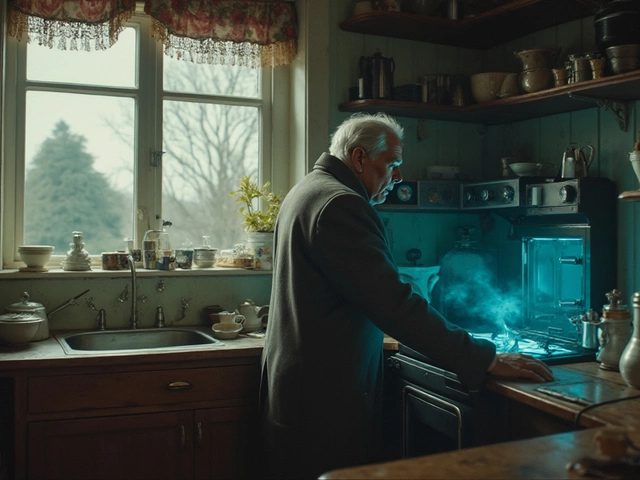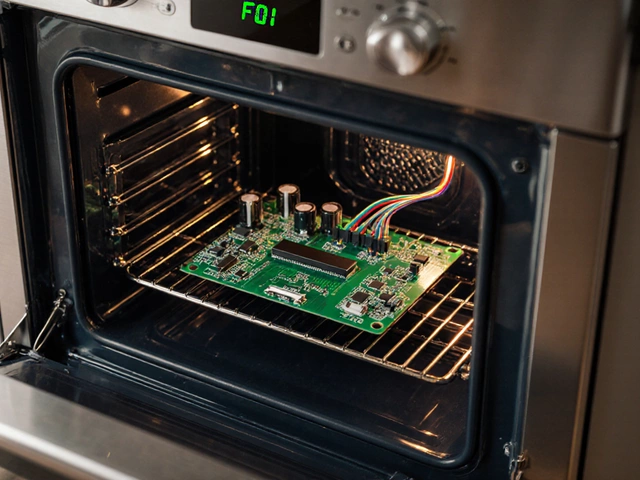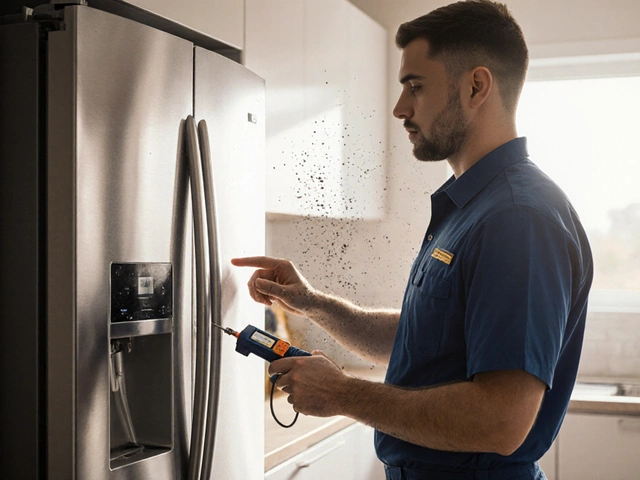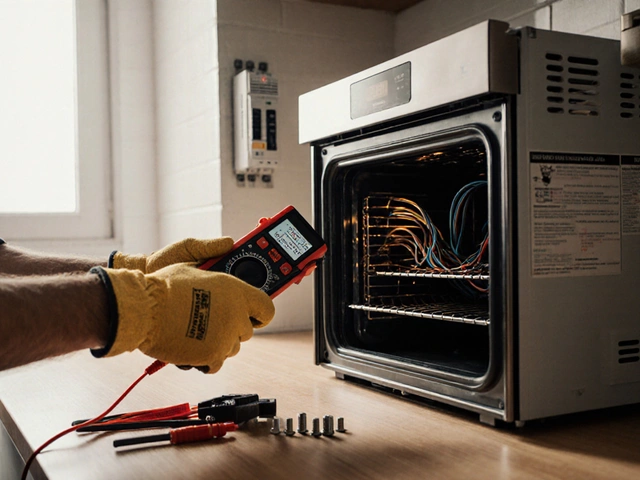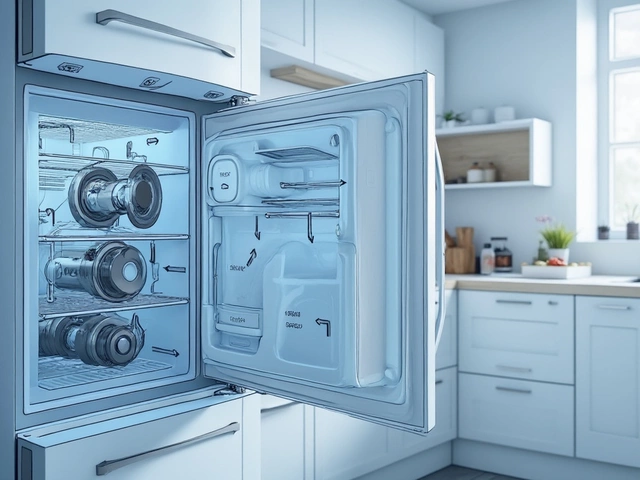Water Heater Inspection – Simple Checklist to Keep Hot Water Safe
Got a cold shower or a weird noise from the tank? It’s usually a sign that something needs a look‑over. Doing a quick water heater inspection can catch cheap fixes before they turn into costly disasters. The good news? You don’t need a toolbox full of gadgets – just a few minutes and some basic curiosity.
What to Look at During an Inspection
1. Visual check of the outside. Walk around the unit and spot any rust, dents, or leaked water. Small puddles can mean a cracked pipe or a faulty drain valve.
2. Temperature and pressure (T&P) valve. This safety valve should pop a small leak when you lift the handle. If it’s stuck or leaking, replace it right away – it prevents the tank from exploding.
3. Anode rod health. The anode rod fights corrosion. If you can see it, pull it out (the tank may be cold) and check for a lot of corrosion or a thin/white core. A badly corroded rod means the tank’s life is shrinking fast.
4. Drain valve. Make sure it’s tight and not dripping. A slow drip can waste energy and cause rust inside the tank.
5. Flame (gas units) or heating element (electric units). For gas, the flame should be blue with a tiny yellow tip. A mostly yellow flame means the burner needs cleaning. For electric, look for obvious signs of burnt or broken elements.
6. Noise and vibrations. Rattling, popping, or hissing noises often point to sediment buildup. If the tank makes a lot of noise, consider flushing it.
7. Age and warranty. Check the label for the manufacture date. Most tanks last 8‑12 years. If yours is older, keep a closer eye on it and plan for a replacement.
When to Call a Professional
If you notice any of these red flags, it’s time to get a qualified plumber or technician involved:
- Constant leaks, especially from the bottom of the tank.
- The T&P valve won’t release pressure or keeps leaking.
- Strange smells (rotten eggs) – could be a gas leak.
- Water that’s cloudy, rusty, or has a metallic taste.
- Repeatedly tripping circuit breakers (electric units).
A pro can safely test gas pressure, replace the anode rod, flush the tank, or install a new unit if needed. Trying to fix a gas leak or a broken pressure valve yourself can be dangerous.
Regular inspections – once a year for older units, twice a year for newer ones – keep your water heater humming along. A quick flush, checking the pressure valve, and watching for rust are all it takes to avoid a cold shower surprise.
Bottom line: a simple visual scan, a few quick checks, and you’ll know if your heater needs a little TLC or a professional’s touch. Keep the steps handy, set a reminder, and you’ll enjoy steady hot water without the stress of sudden breakdowns.
